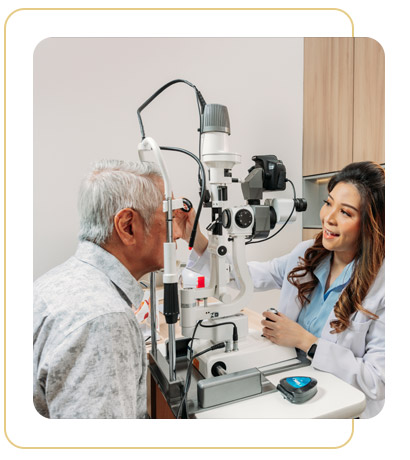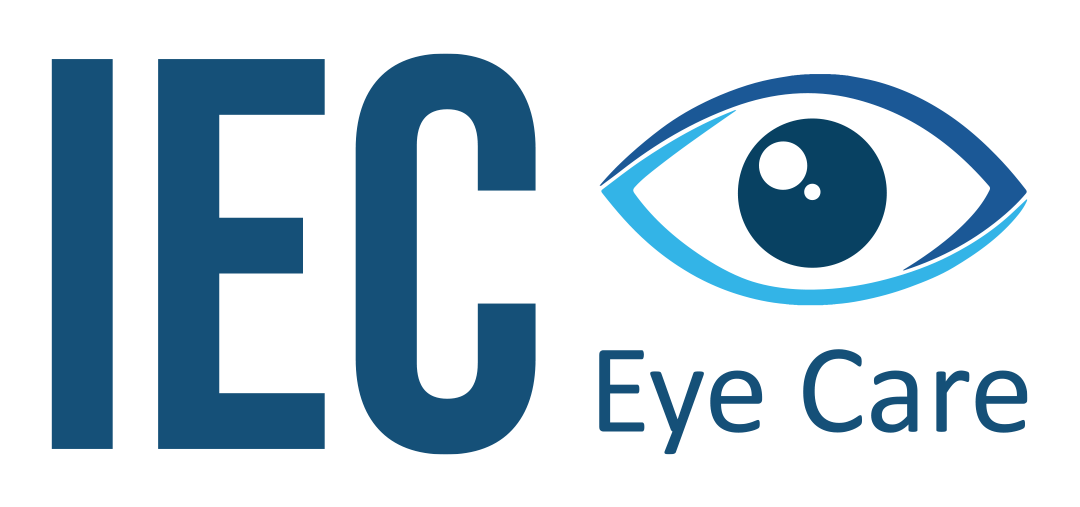Cataracts

Painless and Stitch-Free Cataract Surgery with Modern Techniques
Cataracts are a common condition where the eye’s natural lens becomes cloudy, impairing vision and potentially leading to blindness if left untreated. This condition occurs due to changes in the proteins within the lens, causing clumping and the formation of cloudy areas. Cataracts can progress over time, making prompt treatment essential to prevent more severe vision problems.
IEC Eye Care’s cataract clinic offers cataract surgery with a quick process, using modern techniques that are safe and effective. The procedure is stitch-free and painless, ensuring a comfortable experience for patients. With advanced technology, recovery after cataract surgery at IEC Eye Care is faster, allowing you to return to your daily activities with clearer vision in a short amount of time.
Causes:
Aging is the most common cause of cataracts, but other factors also play a role, such as genetic predisposition, certain medical conditions (e.g., diabetes), the use of specific medications, UV exposure, and previous eye trauma. Although some risk factors cannot be controlled, there are steps you can take to reduce the risk of developing cataracts. Adopting healthy lifestyle habits, such as wearing sunglasses to protect your eyes from UV radiation and avoiding smoking, can help prevent cataract symptoms.
Symptoms:
In the early stages of cataracts, individuals often struggle to see fine details, although they can still recognize shapes. Common symptoms of cataracts include blurred vision, increased sensitivity to light and glare, and difficulty seeing well at night or needing more light to read. Additionally, patients may notice that bright colors appear faded or yellowed, experience visual distortions such as double vision or ghost images, and frequently need to update their glasses or contact lens prescriptions.





Promo 1
All-in-One Addons for Elementor

Promo 2
All-in-One Addons for Elementor

Frequently Asked Questions
Cataracts are diagnosed by identifying a decrease in visual acuity that does not improve with refractive correction, along with the detection of lens cloudiness during an eye examination. Our cataract specialists will review your medical history and symptoms, and perform a comprehensive eye exam, which includes:
- Visual acuity test
- Visual field test
- Shadow test to detect lens cloudiness
- Slit lamp examination to observe the front structures of the eye
- Ophthalmoscopy to examine the retina
- Applanation tonometry to measure intraocular pressure
These examinations help our cataract specialists confirm the presence of cataracts and assess their severity.
At IEC Eye Care, the cataract surgery procedure typically involves several stages. The first stage is an initial consultation, where the patient undergoes a comprehensive eye examination and discusses the details with the doctor. This is followed by the preoperative preparation, which includes a full health assessment and the administration of eye drops to reduce inflammation. The third stage is the cataract surgery itself, which consists of local anesthesia, phacoemulsification, and the placement of an Intraocular Lens (IOL). The final stage is postoperative recovery, where the patient is provided with eye drops to prevent infection and reduce inflammation, and is asked to return to the clinic for postoperative check-ups or follow-up visits as needed.
Recovery time after cataract surgery varies for each individual, but full recovery typically takes a few weeks.
Currently, the only effective treatment for cataracts is surgery. If left untreated, cataracts can impair vision and potentially lead to blindness.
To prevent cataracts, adopt a healthy lifestyle by wearing sunglasses to protect your eyes from UV radiation and avoiding smoking.





